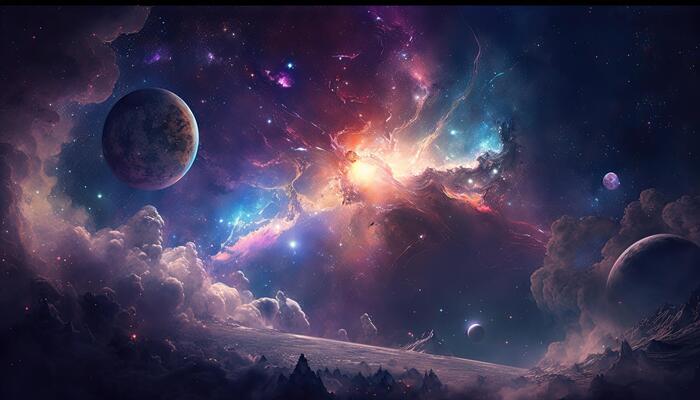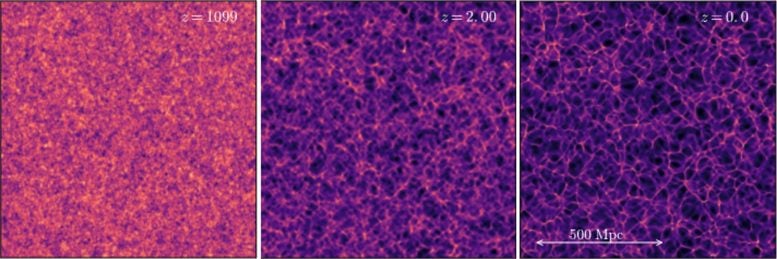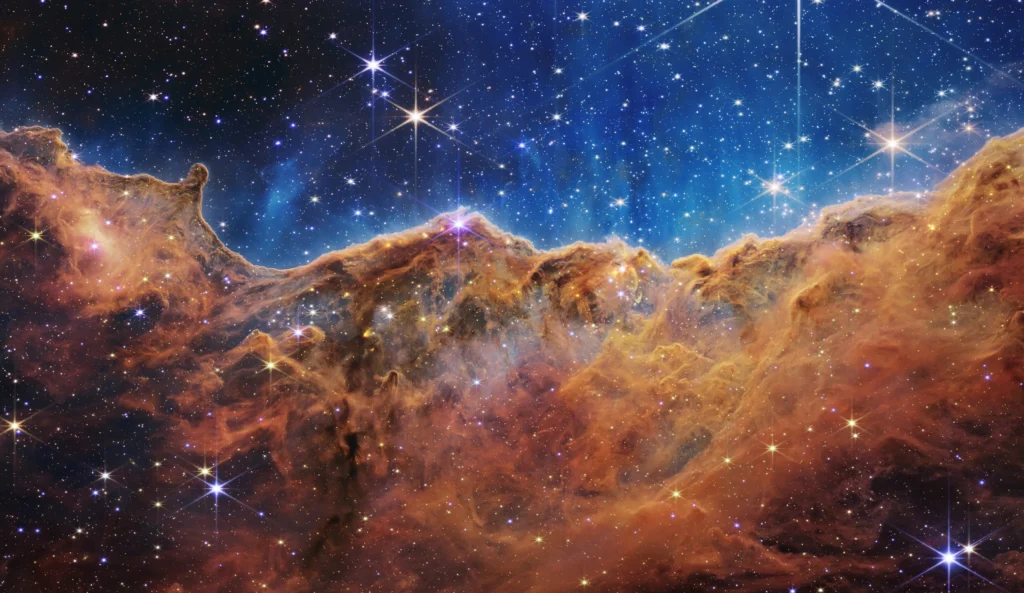For decades, dark energy has been the cornerstone of modern cosmology, explaining the mysterious acceleration of the Universe’s expansion. However, groundbreaking research suggests it may not exist at all. Scientists are now exploring a new theory called the “Timescape Model”, which points to the Universe’s uneven, “lumpy” structure as the real explanation for its expansion.

This revolutionary idea could resolve long-standing debates in cosmology, So future satellite data poised to confirm or refute this bold hypothesis, its impact could be profound.
Rethinking Dark Energy: A Universe Without the Invisible Force
Dark energy has perplexed scientists since it was first proposed as a placeholder to explain the unexplained. Traditionally, researchers assumed the Universe expands uniformly in all directions. However, persistent inconsistencies have raised doubts about this theory.
Physicists from the University of Canterbury in New Zealand are now challenging this narrative. They suggest that the Universe’s expansion is not uniform but shaped by its irregular structure. This concept forms the basis of the Timescape Model, which eliminates the need for dark energy by attributing the apparent acceleration to how we measure time and distance across a lumpy cosmos.
The Timescape Model: A New Perspective on Cosmic Expansion
According to the Timescape Model, the uneven distribution of galaxies, clusters, and voids affects the way. So we perceive cosmic expansion. Gravitational effects cause time to flow at different rates in different regions of the Universe.
For instance:
- Clocks in dense regions (like galaxies) run slower due to stronger gravitational forces.
- Clocks in vast, empty voids run faster, creating the illusion of accelerated expansion over billions of years.
Professor David Wiltshire, who led the study, explained:
“Dark energy is simply a misinterpretation of variations in the kinetic energy of expansion. Our findings suggest the Universe’s lumpy structure influences its apparent acceleration, without needing an invisible force like dark energy.”
Implications for Cosmology

If the Timescape Model holds true, it could upend the standard Lambda Cold Dark Matter (ΛCDM) model, which relies on dark energy to explain cosmic expansion. This new perspective aligns better with recent observations, such as:
Additionally, the model fits well with the intricate cosmic web of galaxies and voids, challenging the outdated assumption that the Universe expands like a smooth, uniform “cosmic soup.”
A Race to Confirm the Timescape Model
The Timescape Model isn’t just theoretical—it’s backed by cutting-edge analysis. So, Using a catalog of 1,535 supernovae provided by the Pantheon+ collaboration, researchers found compelling evidence for this alternative cosmology.
To further test the model, upcoming missions like the Euclid Satellite and the Nancy Grace Roman Space Telescope will collect high-precision data from at least 1,000 supernovae. These observations could finally determine whether the Timescape Model better explains the Universe’s expansion compared to the ΛCDM model.
Challenging a Century of Cosmology

Professor Wiltshire emphasized the significance of this paradigm shift:
“For over 100 years, we’ve relied on simplified expansion laws that assume uniformity. The Timescape Model allows us to explore the complexity of the Universe and its true nature.”
The research, published in the Monthly Notices of the Royal Astronomical Society Letters, represents a turning point in cosmological studies. With advanced telescopes and more data on the horizon, scientists may soon uncover the truth about the Universe’s expansion—potentially solving mysteries that have baffled physicists for decades.
Reference:
“Cosmological Foundations Revisited with Pantheon+” by Zachary G Lane, Antonia Seifert, Ryan Ridden-Harper, and David L Wiltshire, Monthly Notices of the Royal Astronomical Society, December 2024. DOI: 10.1093/mnras/stae2437









